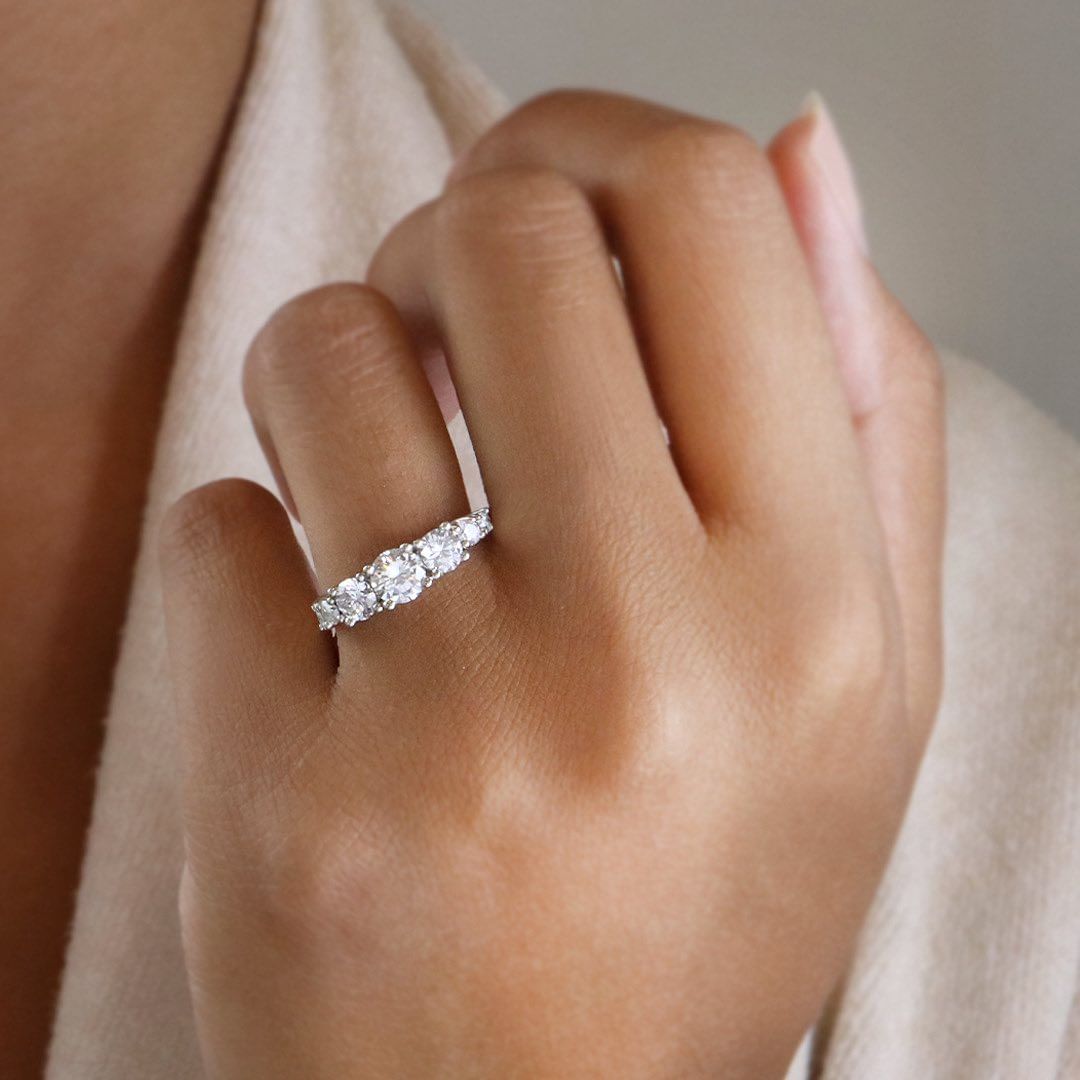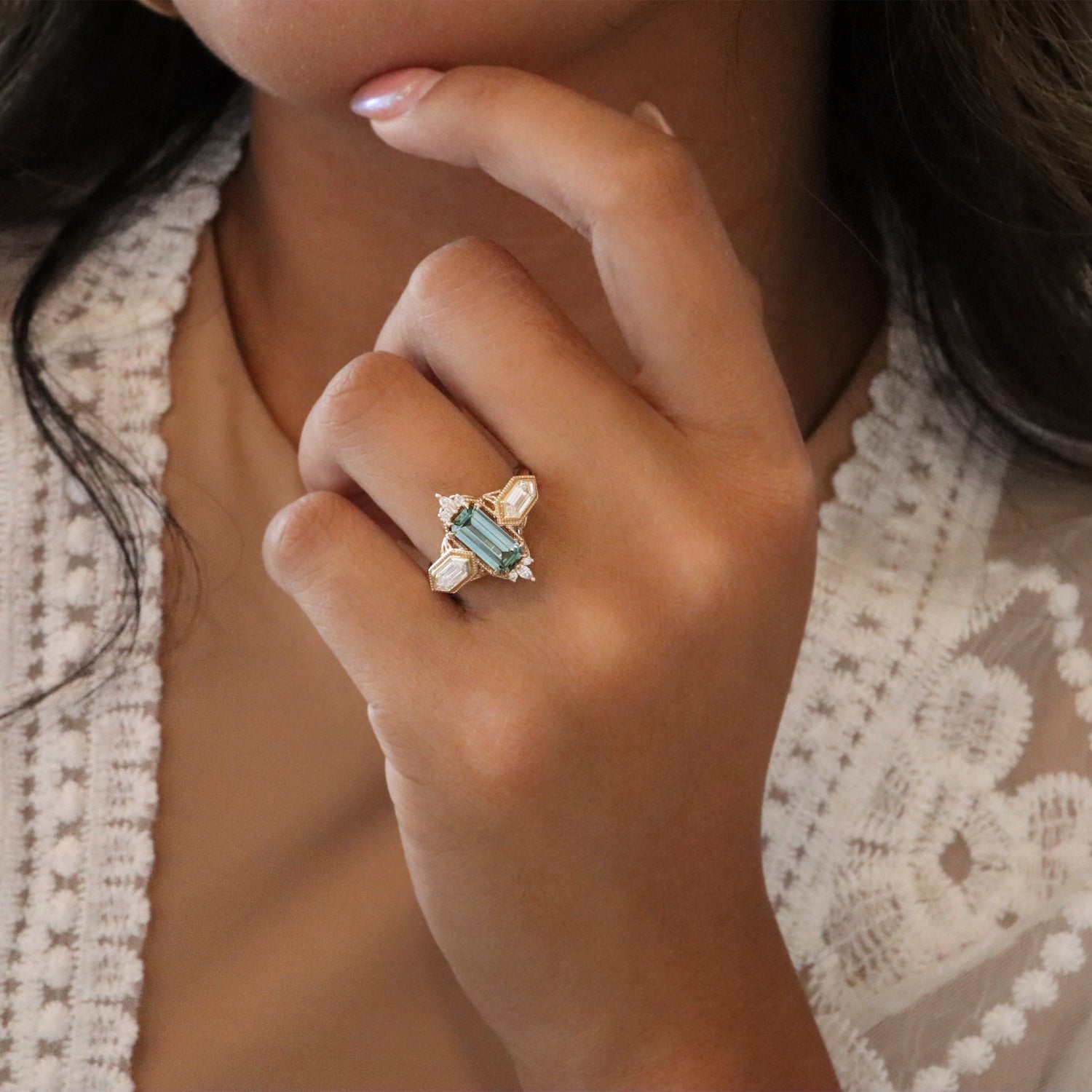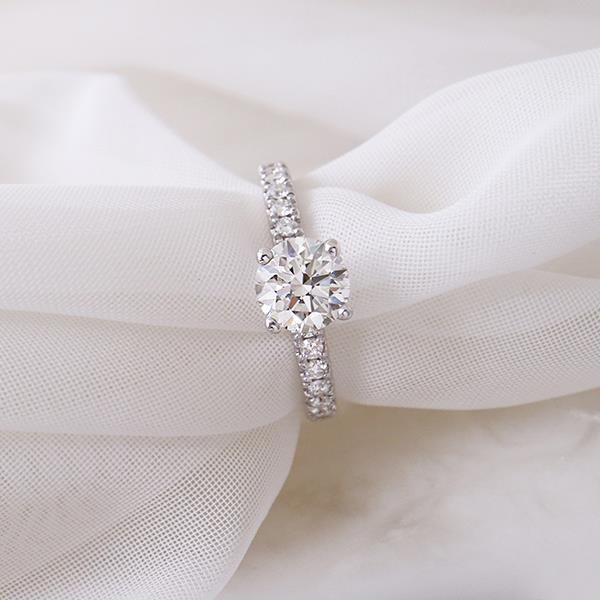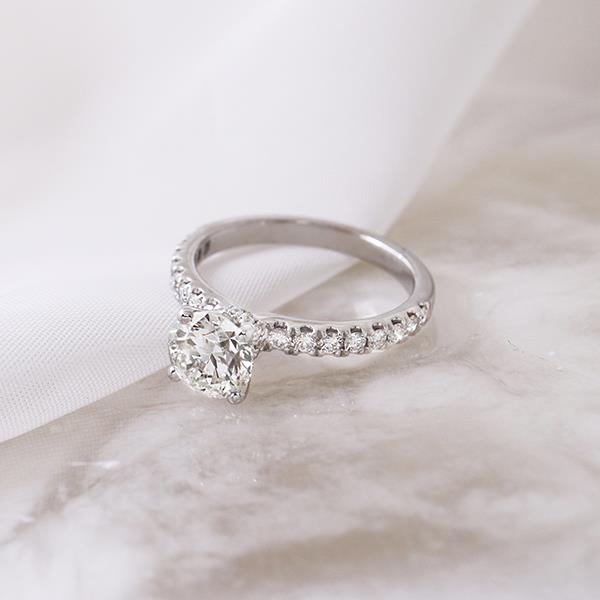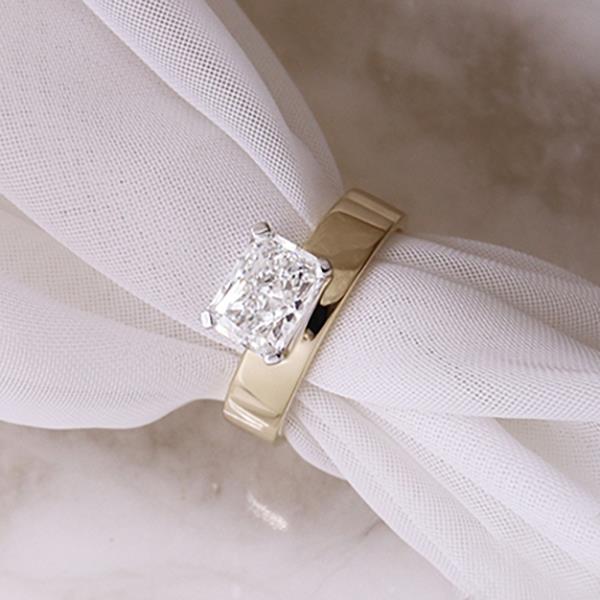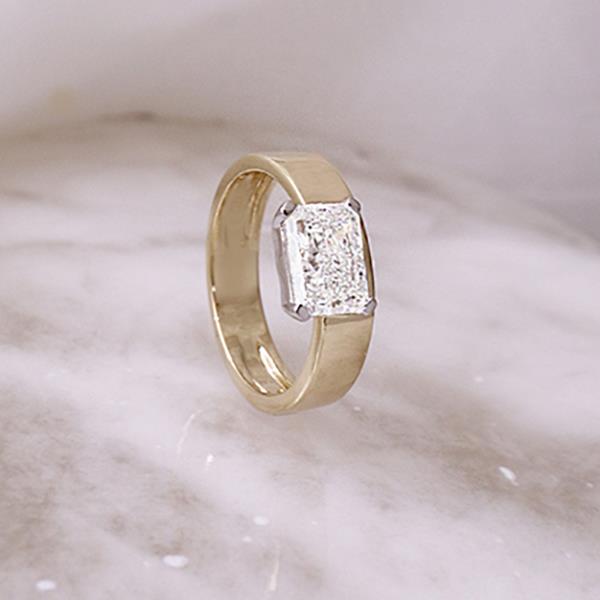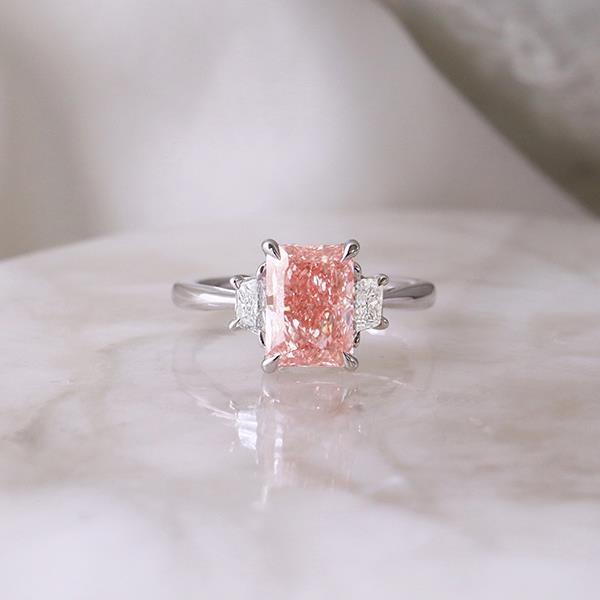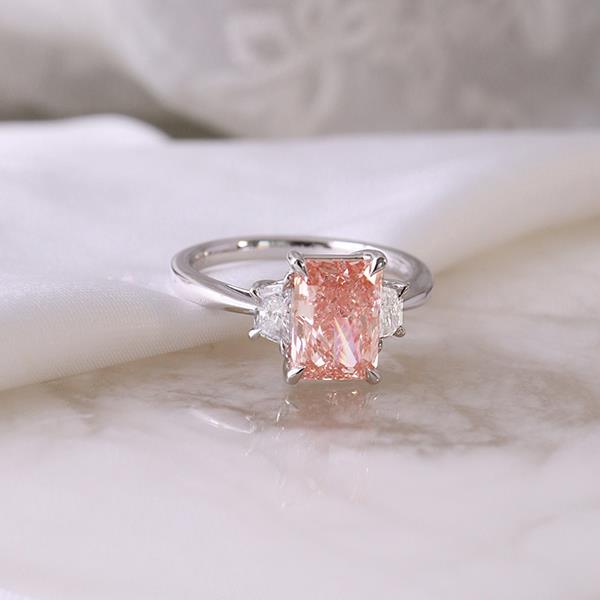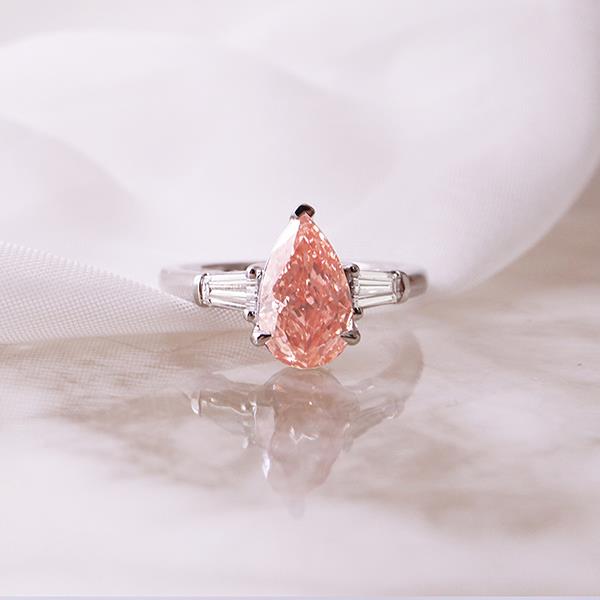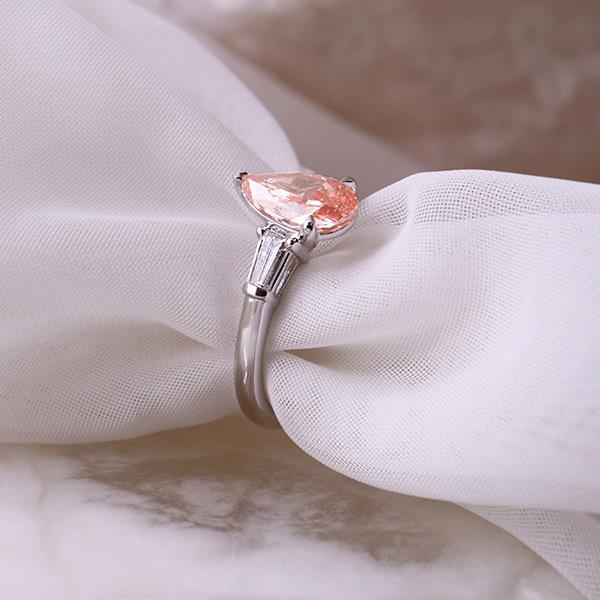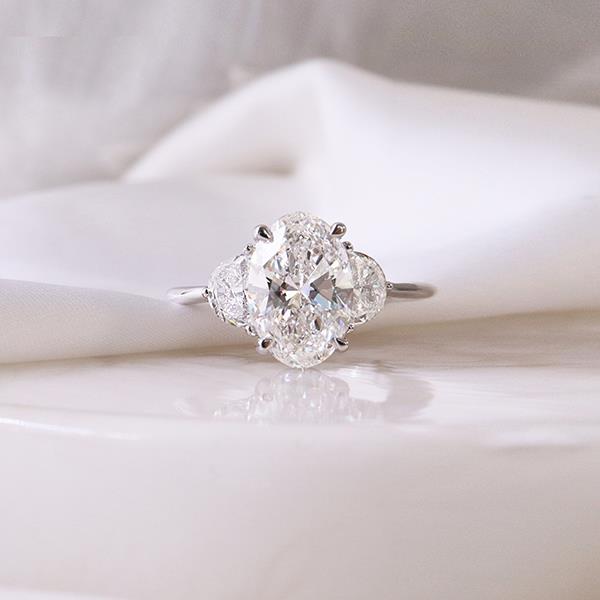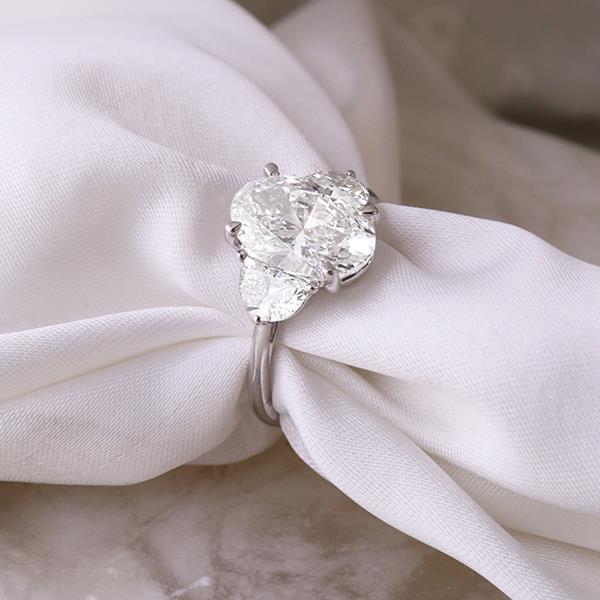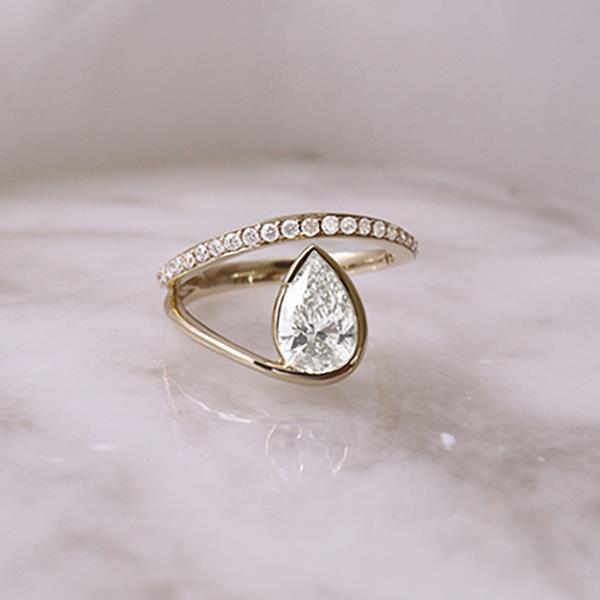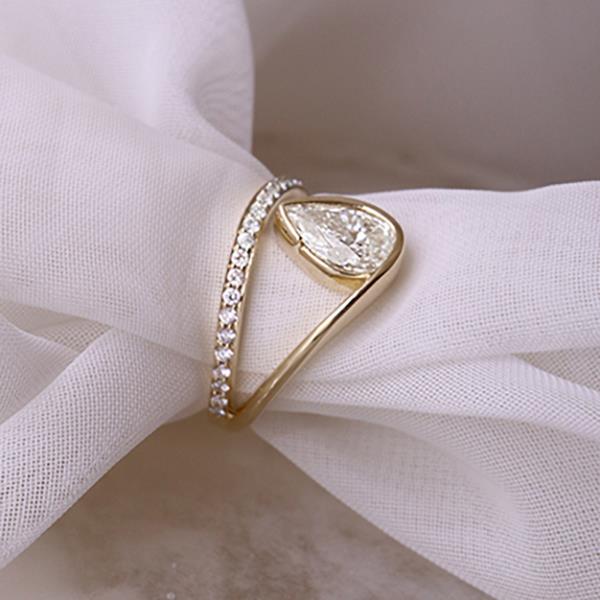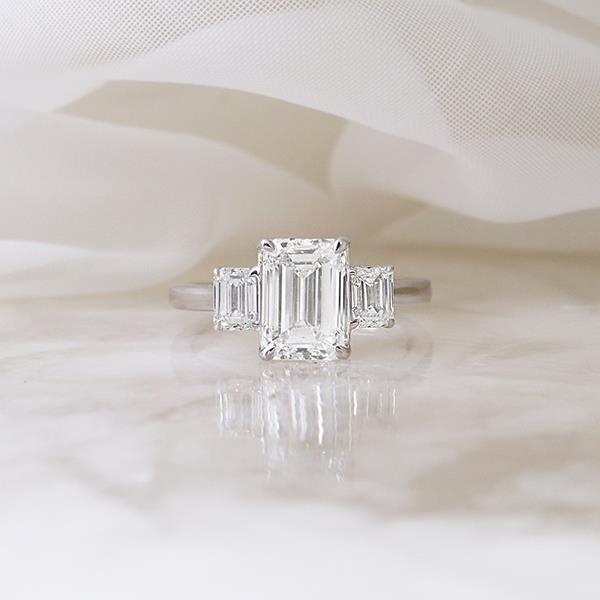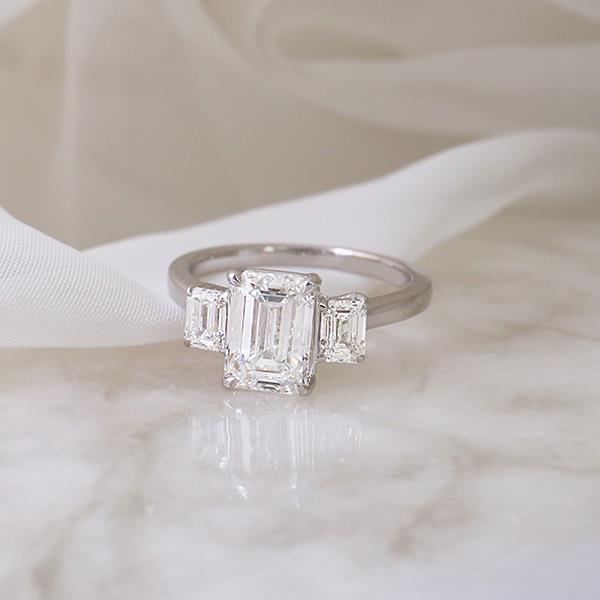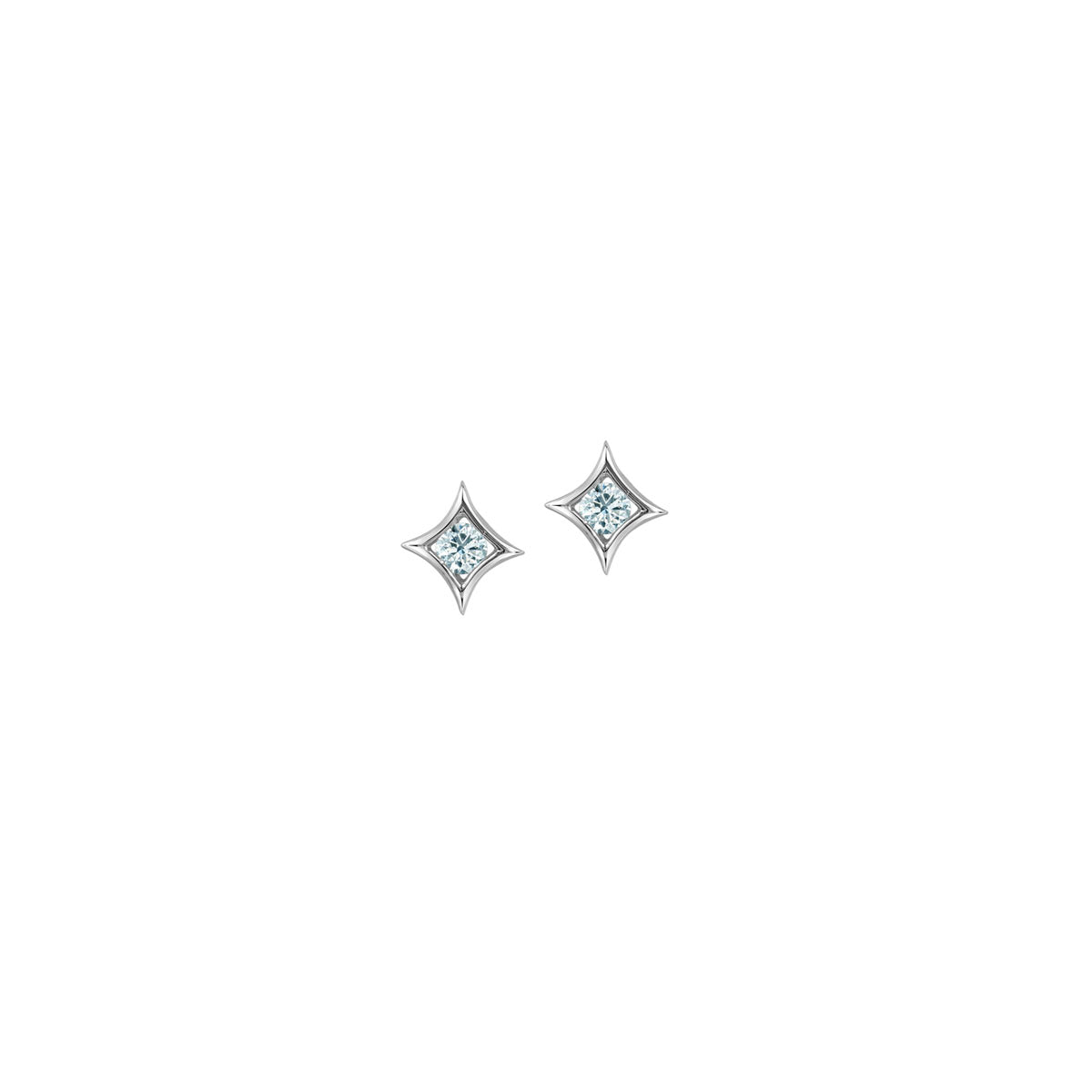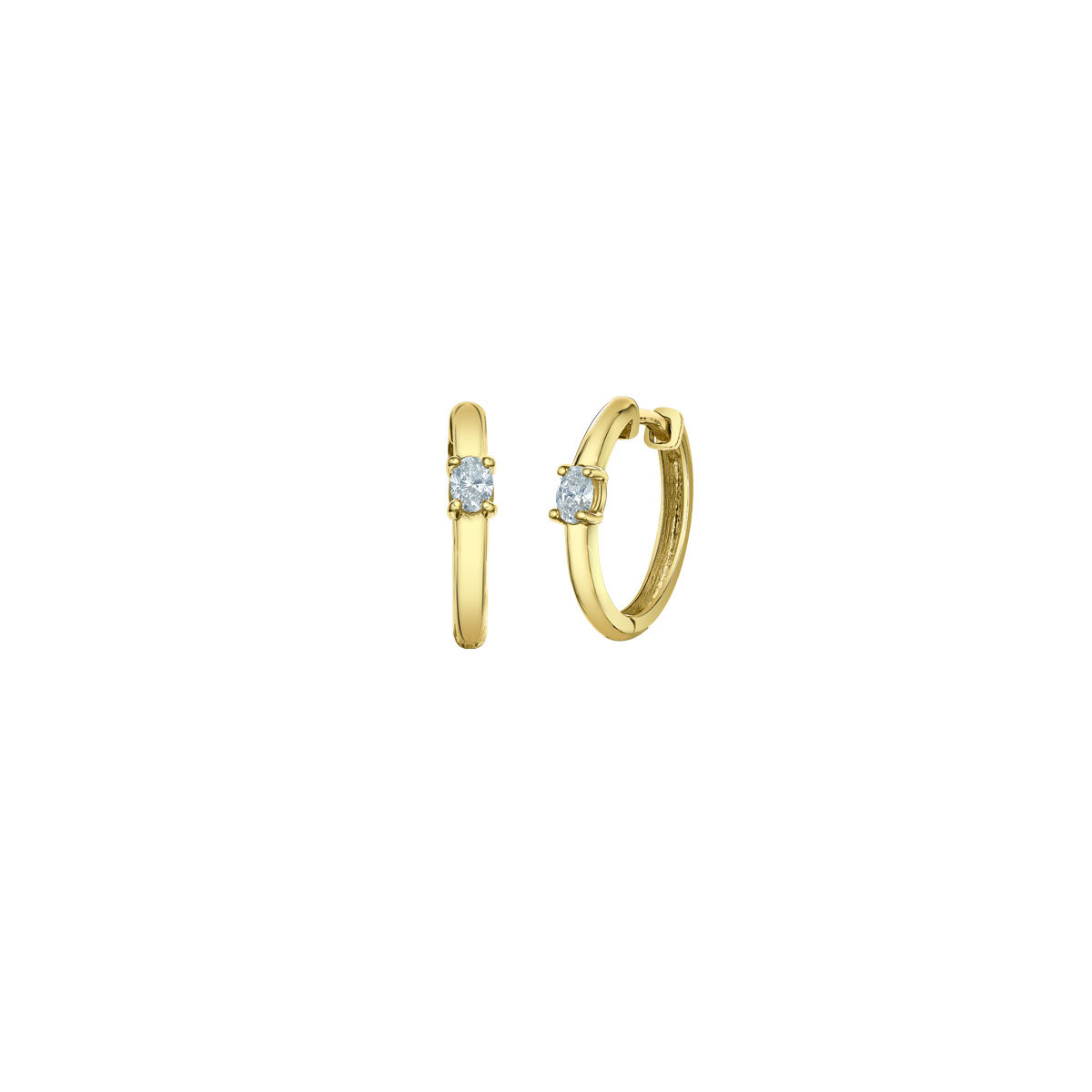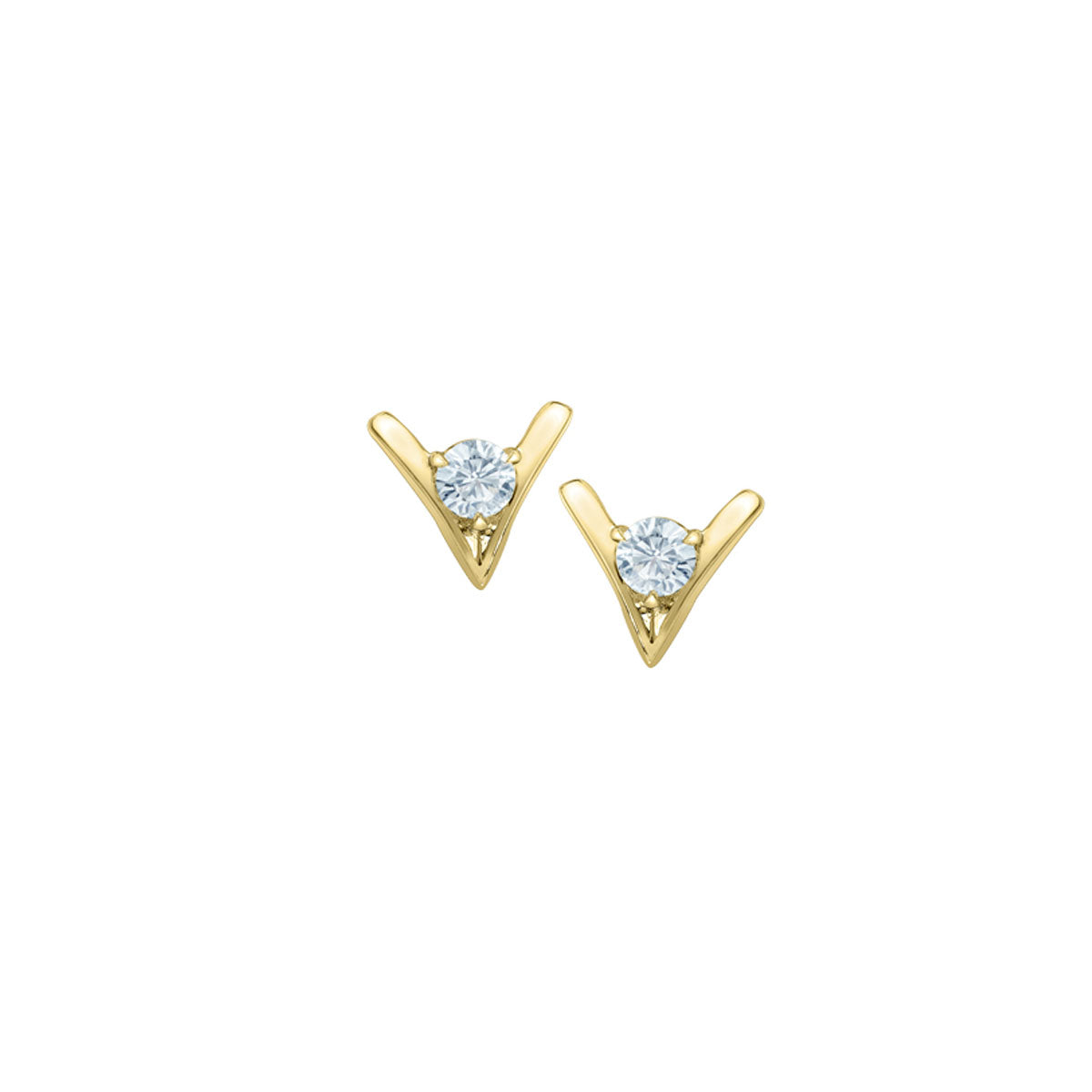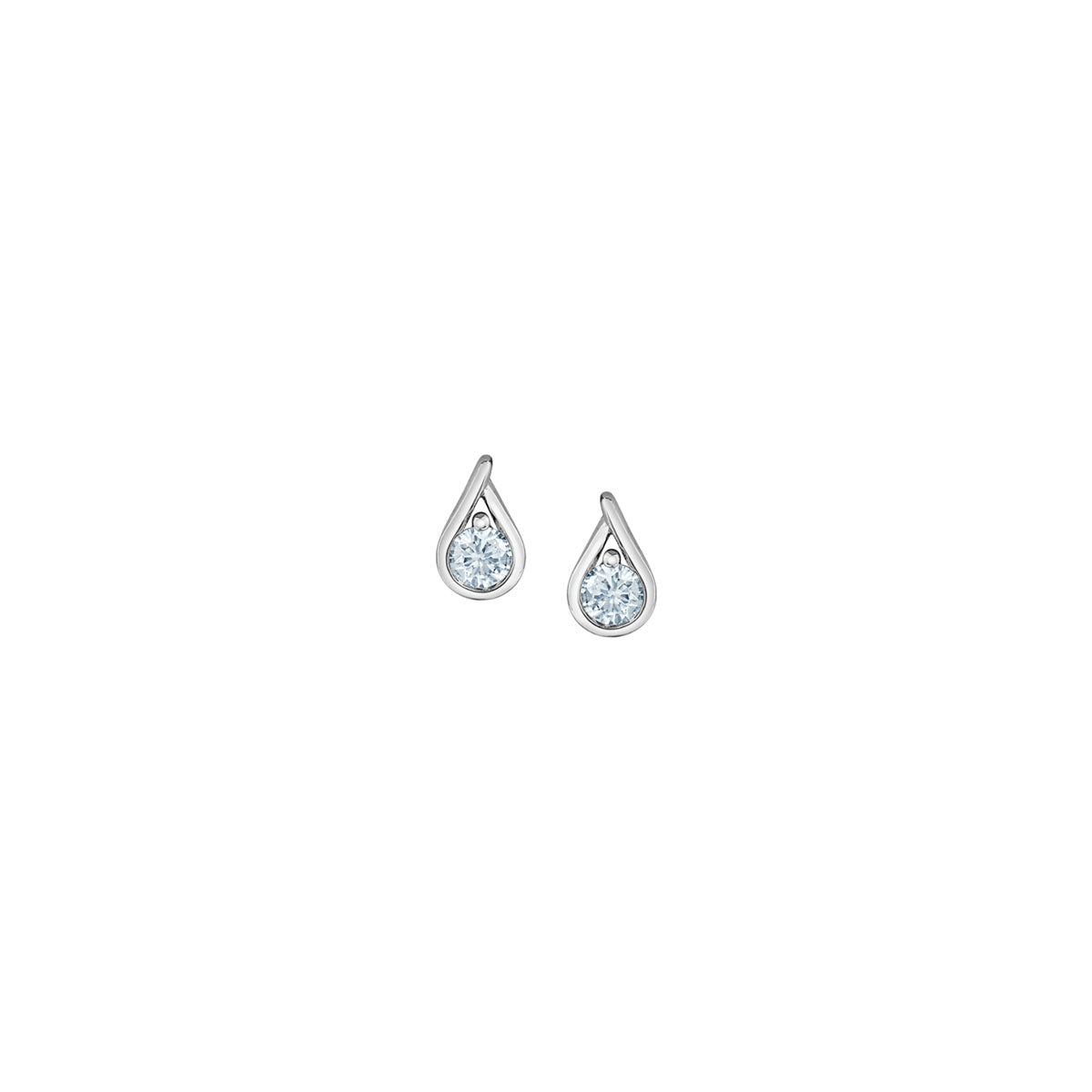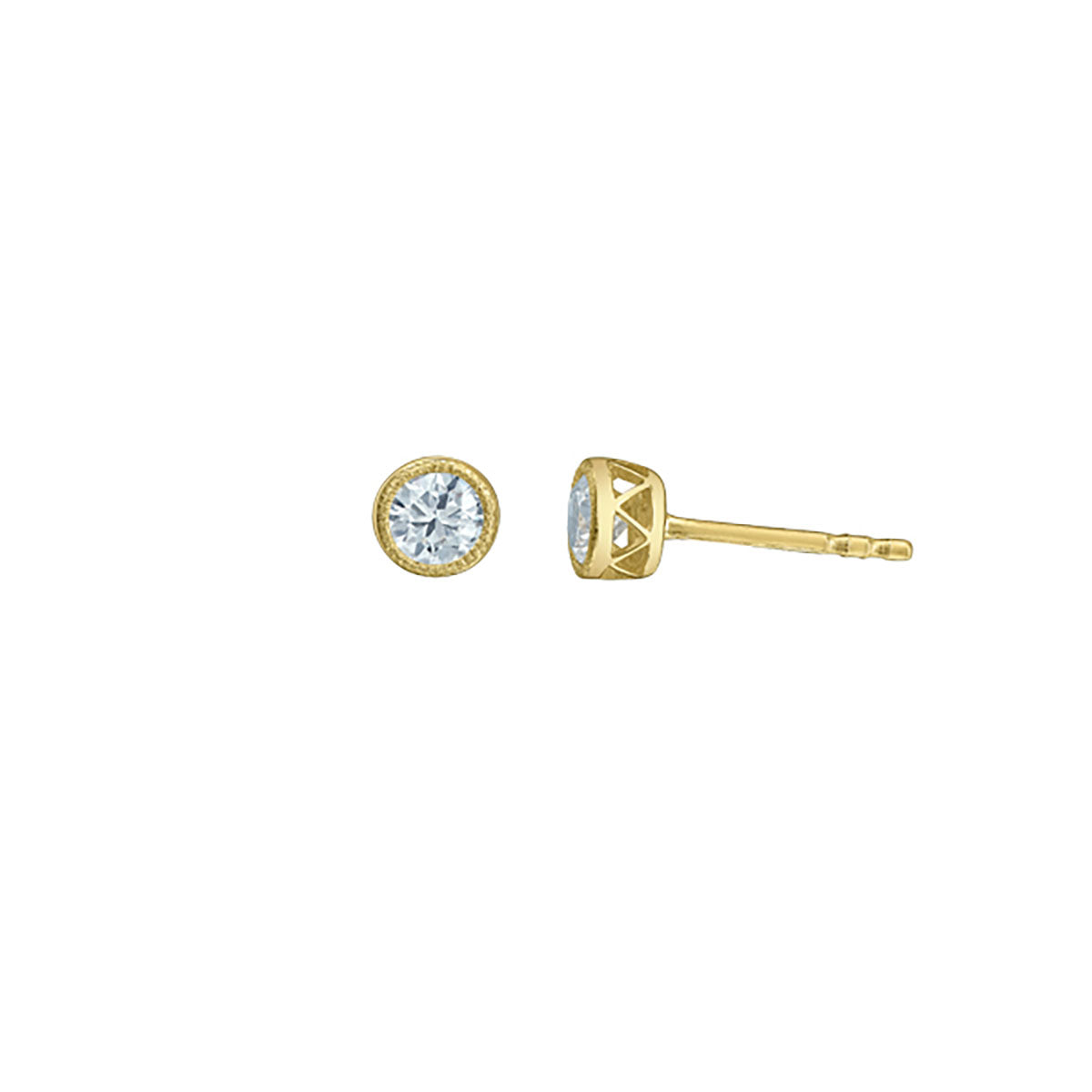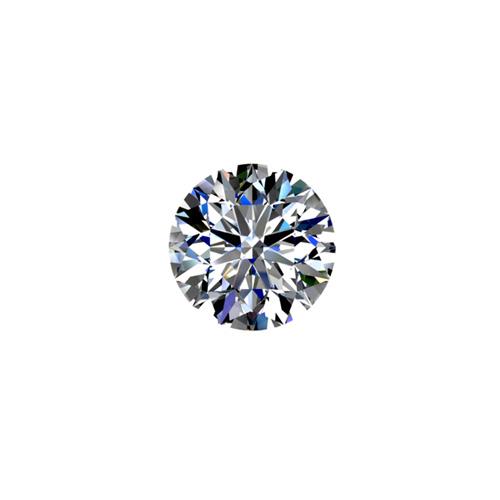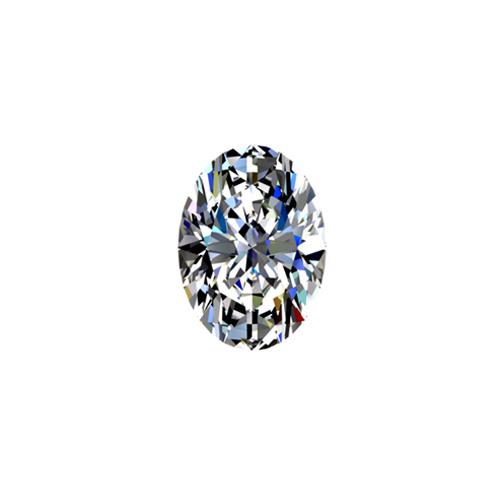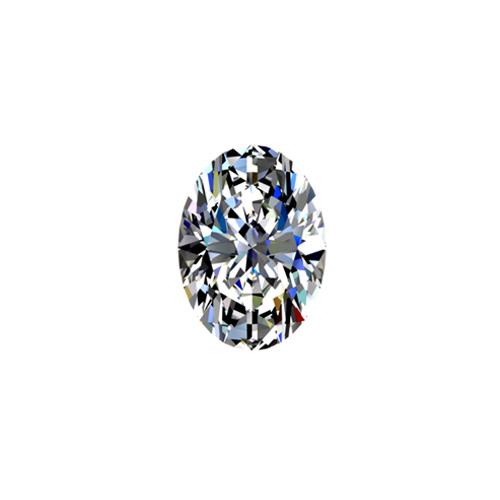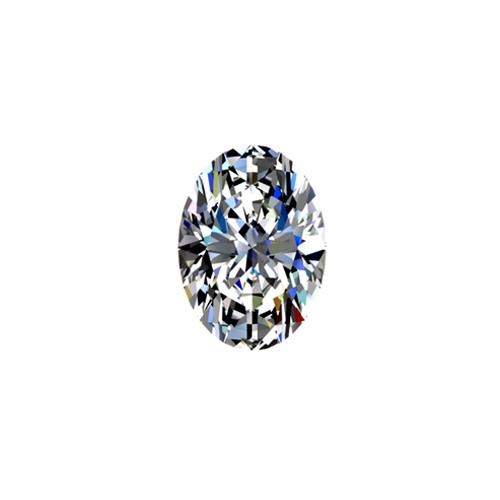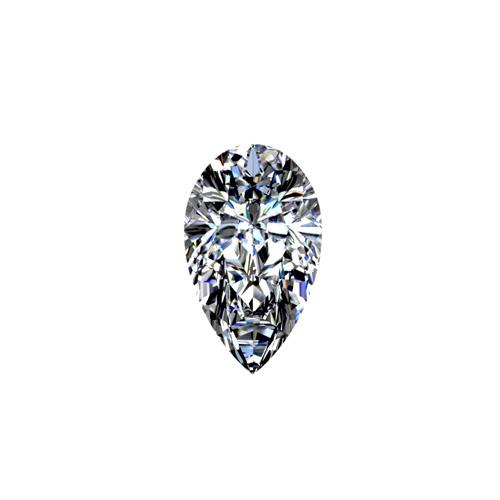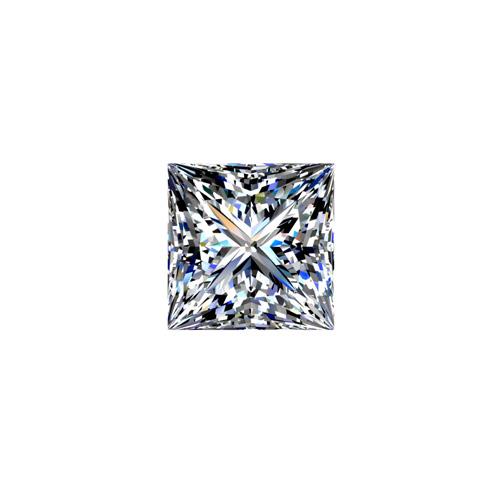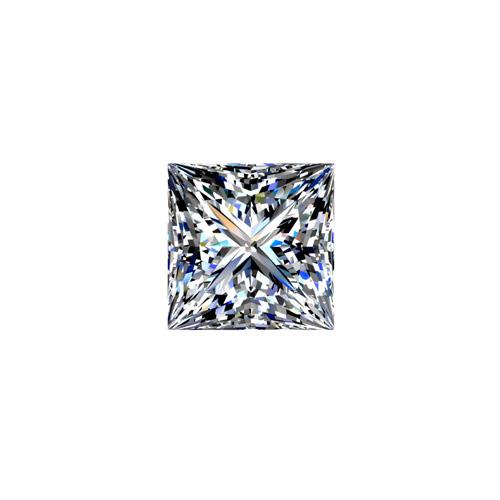LABORATORY-GROWN DIAMONDS
At Dana’s Goldsmithing we offer a beautiful selection of Laboratory-Grown Engagement Rings and Ear Studs.
While we believe that nothing can quite compare to the rarity, one-of-a-kind nature and incredible journey a natural diamond had to go through before reaching your ring finger, the Laboratory-Grown Diamond provides a more affordable option.
“Are laboratory-grown diamonds real diamonds?” The answer to this question is “Yes”.
The only thing that makes a laboratory-grown diamond different from a natural diamond is its origin.
A laboratory-created diamond is “grown” inside a lab using cutting-edge technology that replicates the natural diamond growing process.
The result is a man-made diamond that is chemically, physically, and optically the same as those grown beneath the Earth’s surface. They exhibit the same fire, scintillation, and sparkle.
Laboratory-grown diamonds are not diamond simulants like Cubic Zirconium or Moissanite. They have all the same physical and chemical properties of mined diamonds.
Sometimes, laboratory-grown diamonds are referred to as synthetic diamonds. While this is technically not inaccurate it creates the feeling the diamond is somehow fake or not genuine.
WHY BUY A LABORATORY-GROWN DIAMOND?
COMPETITIVELY PRICED The cost of a laboratory-grown diamond can be significantly less expensive than mined diamonds. This is due to a shorter supply chain and there is far less cost involved with maintaining the equipment needed to create diamonds in a lab vs running a large-scale mining operation.
ENVIRONMENTAL SUSTAINABILITY The way in which a laboratory-grown diamond is created is much less significant than the origins of a natural diamond. For every carat of natural diamond that is mined, nearly 100 sq ft of land is disturbed and almost 6000 lbs of mineral waste are created.
CONFLICT FREE Even though 99.9% of Natural Diamonds are conflict-free, a laboratory grown diamond offers you 100% certainty that your diamond did not support wars or child labour in any way.
ETHICALLY SOURCED All in all, mined diamonds result in 1 injury for every 1000 workers annually, while laboratory-grown diamonds result in zero.
*The majority of natural diamonds sold at Dana’s Goldsmithing Inc. are of Canadian origin. Diamonds mined in Canada are free of the ethical issues found with some African diamonds and the highly regulated mining industry does its best to minimize environmental impacts when mining Canadian diamonds in the Northwest Territory.
Frequently Asked Questions
High Pressure-High Temperature- HPHT diamonds are made using one of three manufacturing process: a belt press, the cubic press, and the split-sphere (BARS) press. All these processes create an environment of extremely high pressure and temperature conducive to diamond growth. An HPHT diamond begins as a small diamond seed that is placed into carbon. Using one of the manufacturing processes above, the seed is exposed to temperatures of about 1500 degrees Celsius and pressurized to approximately 1.5 million pounds per square inch. The pure carbon melts and starts to form a diamond around the starter seed. It is then carefully cooled to form pure carbon diamond.
Chemical Vapor Deposition-CVD diamond begins as a thin slice of diamond seed, which is often an HPHT produced diamond. The diamond seed is placed in a sealed chamber and heated to around 800 degrees Celsius. The chamber is filled with a carbon rich-gas, like Methane, and other gases. The gases are ionized into plasma using technology like that of microwaves or lasers. The ionization breaks the molecular bonds in the gases, and the pure carbon adheres to the diamond seed and slowly crystallizes.
Laboratory-grown diamonds are graded the same way as Natural Diamonds using the 4-C’s (colour, clarity, carat weight and cut)
Laboratory-grown diamonds are almost impossible to differentiate from natural diamonds. They may exhibit different trace elements than natural diamonds that do not affect the appearance of the diamond. Using a jewellers loupe (10x magnification) it is nearly impossible to differentiate from natural diamonds.
Laboratory grown diamonds require sophisticated equipment to determine the difference between natural and laboratory-grown. This device is called a Ramen spectroscope and is usually only owned by larger Gemstone grading laboratories like the GIA. It measures the nitrogen component in the diamond.
Disclosure
All laboratory-grown diamonds are required by law to have “lab-grown or lab-created and a serial number inscribed on the girdle of the diamond. This is visible with a loupe. All laboratory created diamonds should come with a gem certification identifying them as laboratory grown.

